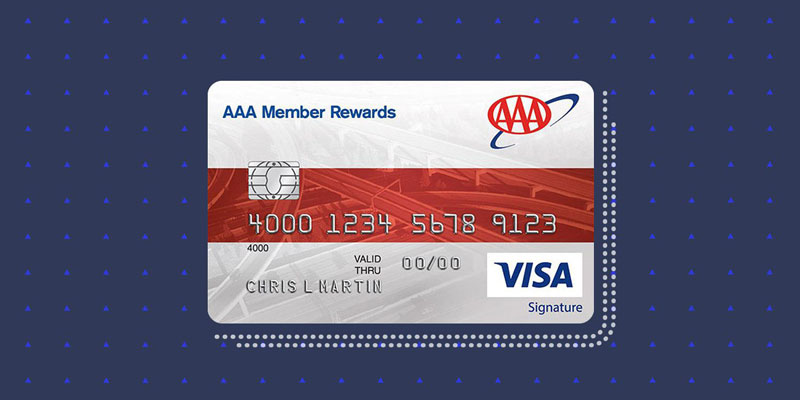Catastrophe bonds, also known as cat bonds, are a type of insurance securitization that involves the creation of risk-linked securities by which a particular set of risks (typically risks associated with catastrophes and natural disasters) are transferred from an issuer or sponsor (the ceding company) to capital market investors.
In exchange for appealing investment return rates, the investors accept the risks of a catastrophe loss or specified peril event taking place. Investors may lose some or all of their principal investment in the event of a qualifying catastrophe or specified danger event, and the issuer—typically an insurance or reinsurance business, but occasionally a corporate or governmental entity—will get the money to make up for such losses.
Structure
Most specialized reassurance businesses that issue catastrophe bonds have their primary offices in Bermuda, Ireland, or Caribbean Islands. These businesses often take part in a reinsurance agreement or agreements to safeguard customers, who are most frequently reinsurers or insurers (referred to as "cedants") (called "retracements").
If at least one index or event parameter, as opposed to the retrocedent's or the cedant's losses, "trigger" the contract, then the contract may be a derivative.
Some bonds offer protection against the possibility of multiple losses. Atlas Re issued the first-second event correlation in 1999. Atlas II, the first third event bond, was released in 2001.
Bay Haven, Fremantle, and Avalon are a few of the bonds that have since been issued due to the fourth through ninth losses; they each employ transacting technology to underlying event baskets.
Risks and Benefits of Catastrophe Bonds
Here are a few advantages cat bond investors, policyholders, and insurance companies can enjoy. Remember that there may also be other advantages in some circumstances. Each connection will have unique benefits to offer.
Uncorrelated investment:
Investors search for assets with a low connection to the stock and bond markets to diversify their portfolios. CAT bonds often are not tied to economic situations or financial markets because of their function.
Bonds with high yields:
Compared to fixed-income bonds and dividend-paying stocks, CATs offer a competitive interest rate.
Brief Duration:
Because these bonds often have short maturities, there is a lower chance that something will happen to cause a payout. Investors receive payments over the whole life of the bond so that they can rely on them for income.
Reduces insurance prices for everyone:
It reduces out-of-pocket expenses when catastrophic catastrophes occur because no insurance company pays the risk alone. These bonds give insurance firms the money they need to cover claims when they arise. The insurer can avoid insolvency or a damaged reputation by preventing unpaid costs for policyholders who file claims.
Catastrophe bonds have a lot of advantages, but there are also reasons to exercise caution:
Possibility of a total loss:
Investors who purchase a CAT bond risk losing their money if a significant enough disaster occurs.
Financial markets could be affected by a major calamity:
CAT bonds are thought of being assets that are not connected. Disasters can also occur during economic downturns, leading to losses for CAT bonds and stock investments.
Predicting when a loss would occur required time:
Even though CAT bonds are short-term, catastrophic events are unpredictable. The frequency of catastrophic catastrophes is increasing, which can make historical models less reliable at forecasting losses.

Various triggers
The cat bond's investor bank and sponsor must decide the primary impairment's nature. Four groups can be used to categorize cat bonds, and the first-listed trigger categories are more closely tied to the insurer supporting the cat bond's losses.
The many triggers are stated down the list and unrelated to the insurer's losses. Thus, the cat bond must be created and appropriately calibrated.
Modeled loss:
In the event of a significant occurrence, the cat model's exposure database is tested against the event parameters rather than the claims made by the company. This is done using software for catastrophe modeling. The bond is triggered if the losses predicted by the model exceed a given threshold.
Indemnity:
When Losses incurred by the Issuer result in indemnity, the promoter is protected like they had bought traditional reinsurance against catastrophe.
The bond is triggered unless the layer stated in $100 million is the cat bond over $500,000,000 and the entire sum of the claims exceeds $500 million.
Parametric Index:
Given the absence of a link between pure parametric bonds and actual loss, many businesses find them unsettling. Even while a bond could pay off depending on 50 of the 150 stations, based on the wind speed listed above, the insurer suffers minimal financial loss in this scenario since most of their risk is centered in other places. Models estimate the loss as a function of the speed at different places, which is then used to provide an operation for the bond's payoff.
These perform in the form of hybrid Parametric/Modeled Loss Bonds and offer greater transparency and reduced basis risk.
Industry loss-indexed:
Cat bonds are activated when the loss to the insurance sector due to a specific risk exceeds a predetermined level, perhaps $30 billion, rather than increasing the insurer's claims. The industry loss will be specified in the cat bond, usually determined by a reputable organization similar to PCS.
Securities-related to modified indexes weigh the outcomes for different areas and business lines to align the index with a company's book of operations.
Parametric:
Rather than not relying on any claims, the catalyst is related to the threat from nature presented by nature. In light of this, the criterion would be the ground's speed(in the case of an earthquake bond), the windspeed (in the case of a hurricane bond), or another acceptable value for the risk. Multiple reporting stations gather this parameter's data, which is subsequently incorporated into the appropriate formulas.

Conclusion
Direct investments in CAT bonds are uncommon among investors, and institutional investors, such as hedge funds and pension funds, generally hold these equities instead. However, mutual funds and ETFs that follow an underlying index make CAT bonds more accessible to the typical investor.
The most excellent choice for the typical investor is this. These funds usually offer quick diversification and lower minimum investment requirements. By making only one investment in a fund, you can buy various CAT bonds without running the danger of concentration.




